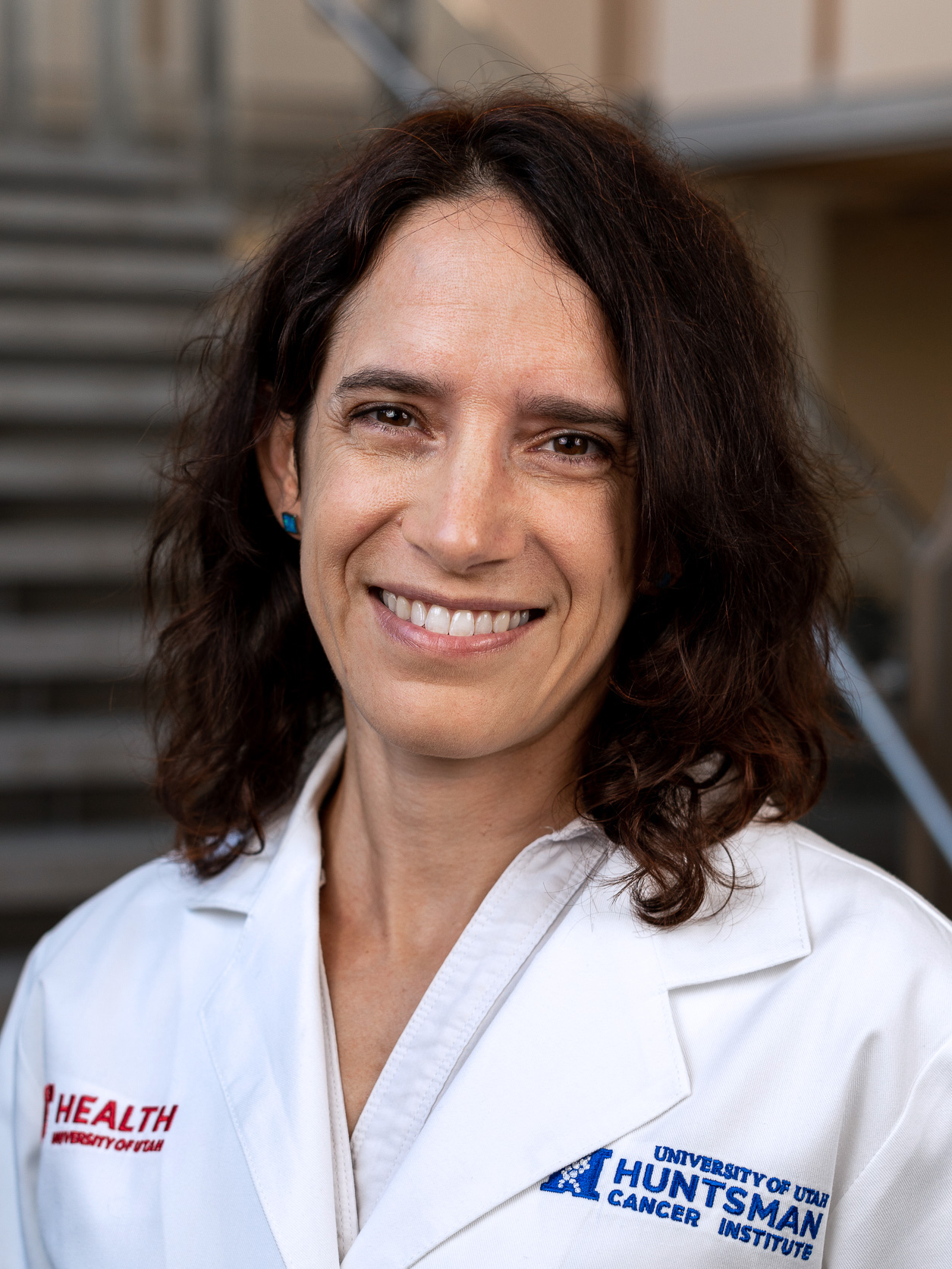The study examines the role of mechanobiology—an emerging field that explores how cells respond to mechanical signals—in the progression of early benign lesions to lung adenocarcinoma. According to the American Cancer Society, adenocarcinoma is the most common subtype of non-small cell lung cancer.

“There are a lot of people looking at the stiffness of breast tissue or other material properties and other types of cancers, but not so much in the lung. And it's interesting, because the lung is always undergoing stretch as we breathe in and out. There's not a lot of tissues that have that characteristic.”
Michelle Mendoza, PhD
Mendoza Lab
Michelle Mendoza, PhD
Mendoza Lab
The researchers simulated how the presence of a solid tumor fills and affects alveolar sacs, where lungs and blood exchange oxygen for carbon dioxide, using computational models developed in Weiss’s lab.
They observed that the connective tissues making up the walls of the sacs are sensitive to strain—which may produce a cellular response that allows the tumor to grow.
“It's a new hypothesis about something that's contributing to the early tumor cells progressing to malignancy, which other people haven't looked at,” says Mendoza. “And it would be a really interesting discovery if it's contributing to tumor development—because strain could be affected by things in our environment that cause lung damage or scarring.”
“It’s gratifying for me that at this point in my career, I can still do different and new things that are interesting to me. I’m pleased to see that the tools that I’ve developed over my career are useful in this context, as well.”
Jeffrey Weiss, PhD
Weiss Lab
Jeffrey Weiss, PhD
Weiss Lab

Weiss has worked in biomechanics for decades, particularly in musculoskeletal science and cardiovascular mechanics.
The NIH grant allows Mendoza and Weiss to conduct their research experimentally by testing the effects directly in tissue and also develop more advanced computer models.
The $2.6 million grant will be distributed over the next five years. Mendoza and Weiss hope the study will lead to further explorations of mechanobiology, as well as the development of neoadjuvant therapies to reduce lung cancer mortality.
Media Contact
Heather Simonsen
Public Affairs Senior Manager
Huntsman Cancer Institute
801 581-3194




